Street Foods of Madagascar: A Must-Try Guide for Foodies
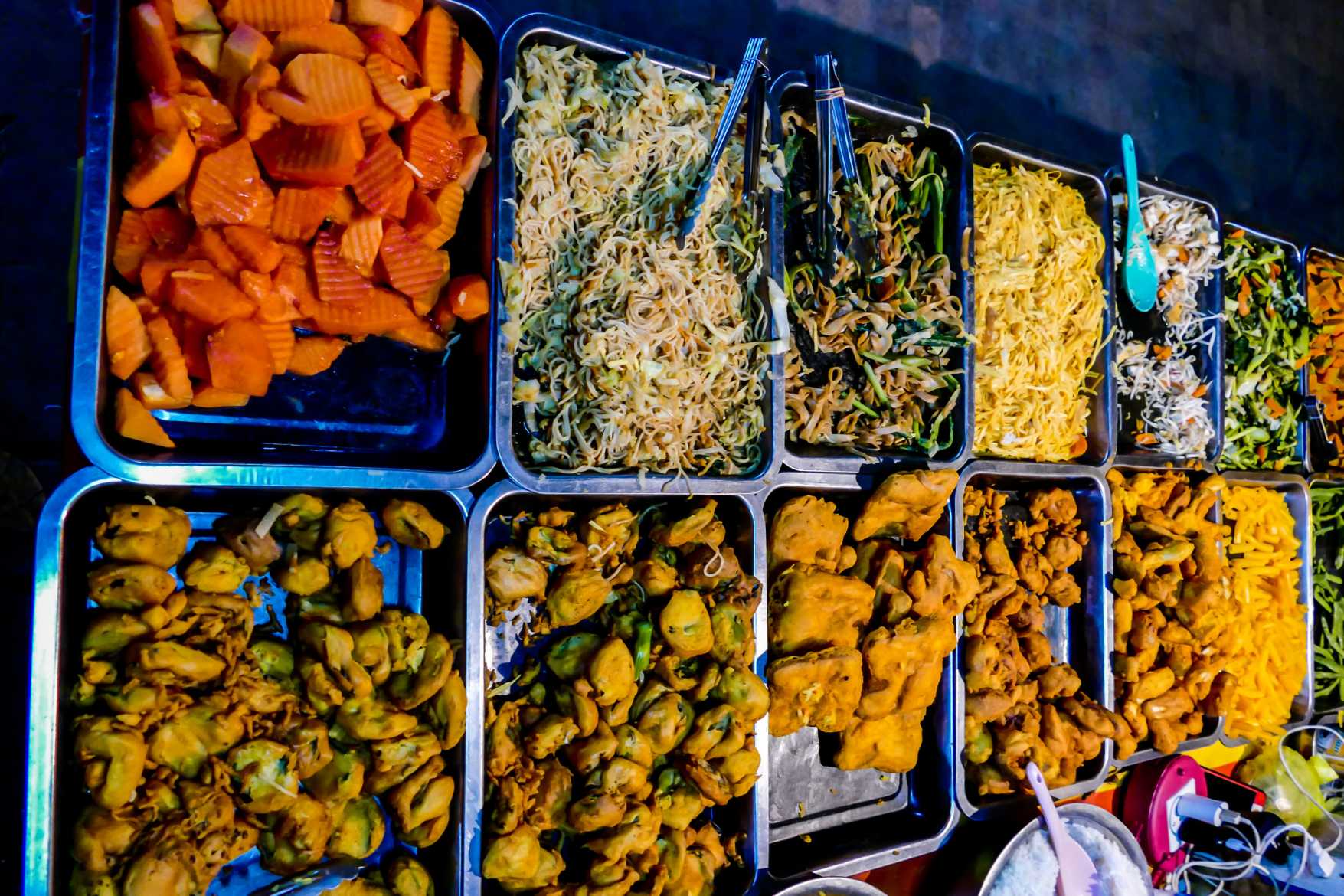
Madagascar, a destination that had long captivated my imagination, finally became a reality. Madagascar boasts breathtaking landscapes, fascinating wildlife, and a vibrant and flavorful street food culture.
The air is filled with yummy smells of cooking meat and fried snacks. Vendors chat and people go about their day, while you can try amazing things like zebu (a special kind of cow) on a stick or fried green bread. Get ready for a tasty adventure – every bite of Madagascar's street food is a burst of flavour and a fun way to experience the island!
The Enthralling Energy of Madagascar
Madagascar was alive with energy! Delicious smells of Malagasy food filled the air. Street vendors sold yummy meals from all over. We tried many things, like romazava stew and crispy akoho ritra chicken. The best part was sharing sweet treats with the kids – their faces lit up! No matter where you're from, food brings people together. Here are some common street foods in Madagascar’s highlands:
Top Culinary Gems of Madagascar
Masikita
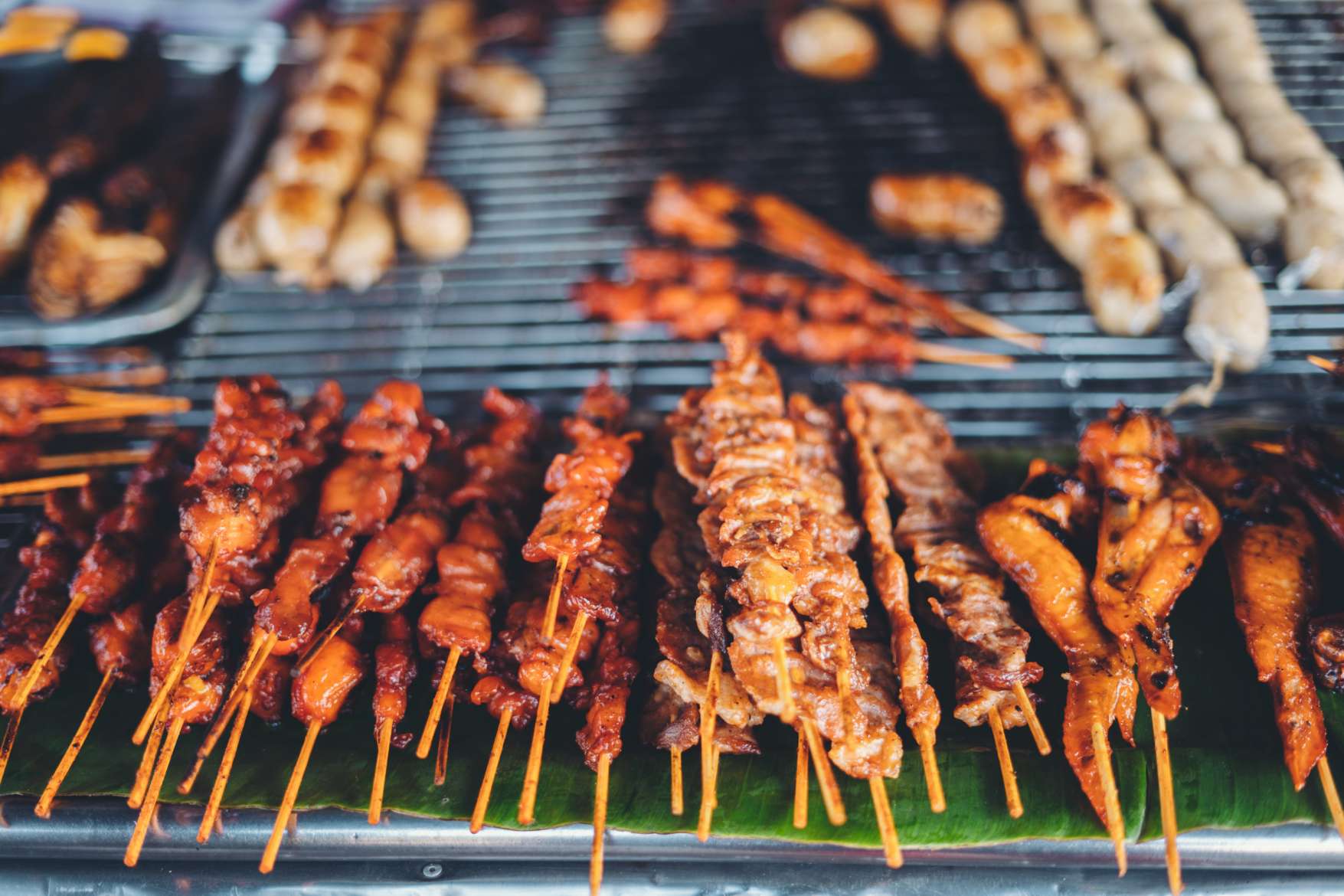
- Description: Masikita is a quintessential Malagasy street food.
- Ingredients: Skewers of zebu meat, often accompanied by rice.
- Preparation: The meat is barbecued and served with traditional spicy sauces.
- Flavour: Smoky, savoury flavour enhanced by locally sourced spices and sauces.
Zebu Delights
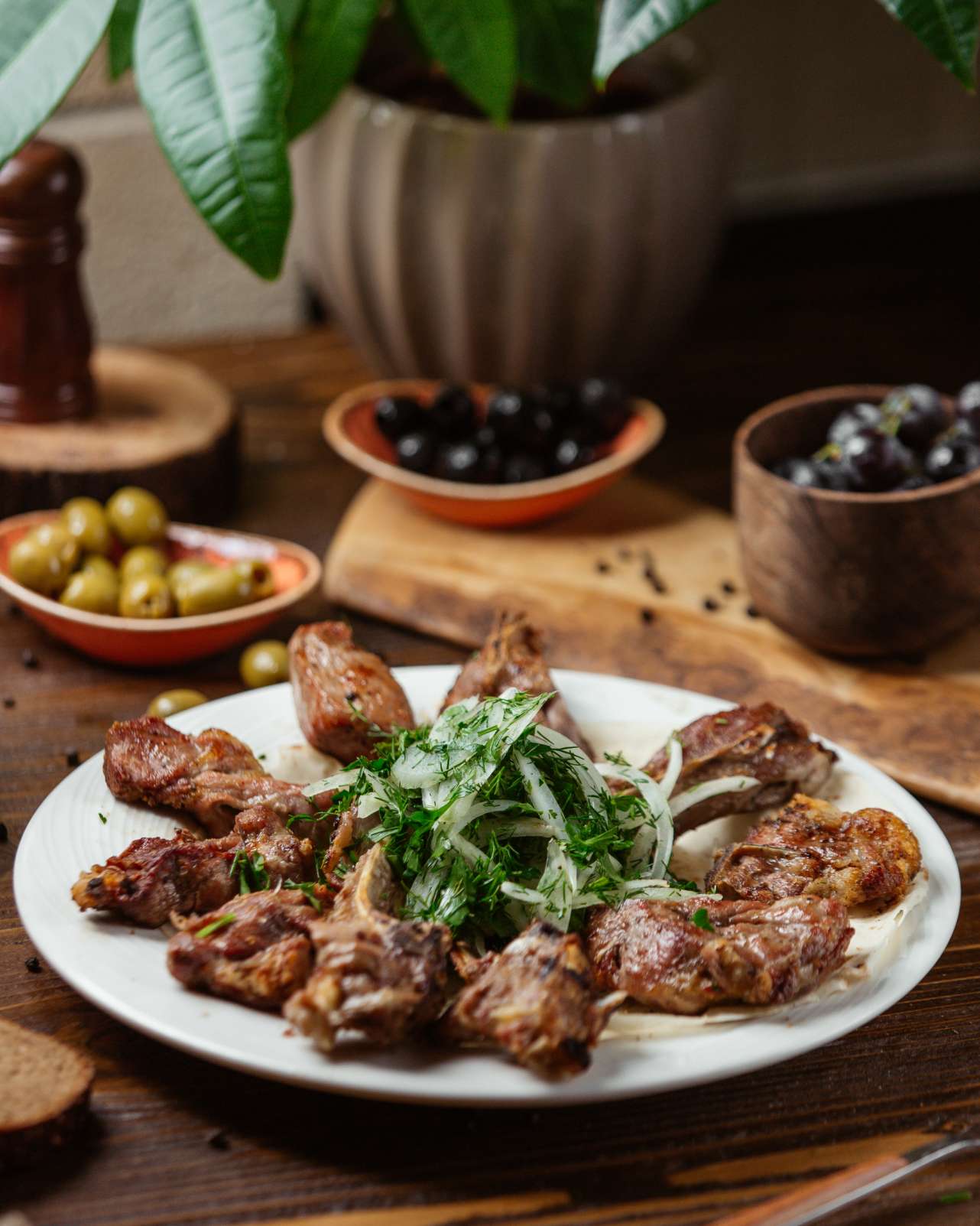
- Significance: Zebu, a type of humped cattle, is integral to Malagasy cuisine and culture.
- Variety: From succulent zebu skewers to hearty stews.
- Flavour: Rich and robust, making it a favourite among locals and visitors.
- Preparation: Can be slow-cooked in stews or grilled for a delightful crunch.
Mokary

- Description: Mokary is a staple of Malagasy street-side bakeries.
- Ingredients: Made from rice flour or cassava mixed with coconut milk and sugar.
- Serving: Popular breakfast items are often served with locally brewed coffee.
- Preparation: Involves soaking rice, blending it into a smooth batter, mixing it with coconut milk, and roasting until golden brown.
- Flavour: Subtle sweetness that pairs perfectly with the robust flavours of Malagasy coffee.
Sambos

- Description: Sambos are fried pastries filled with various ingredients.
- Comparison: Similar to samosas found in India and Southeast Asia.
- Serving: Typically served with grilled meats, fresh vegetables, and zesty sauces.
- Flavour: Harmonious blend of textures and flavours.
- Variety: Fillings can include spiced meat, potatoes, lentils, and vegetables.
Mofo-Anana

- Description: Mofo-Anana translates to greens bread, combining well-cooked greens with bread batter.
- Ingredients: Made from a mixture of well-cooked greens and bread batter.
- Preparation: Deep-fried to create a soft, doughy treat.
- Variations: Sometimes prepared with tomatoes and other vegetables.
- Serving: Optionally served with sakay (hot sauce), this crunchy, deep-fried bread is irresistible when hot.
Nem

- Description: Crispy eggroll-like snacks.
- Ingredients: Typically filled with ground beef, potatoes, cabbage, leeks, and onions.
- Preparation: Filled and rolled in small crepe-like pancakes, then deep-fried.
- Favourite: The potato-leek combination is a personal favourite.
Brochettes
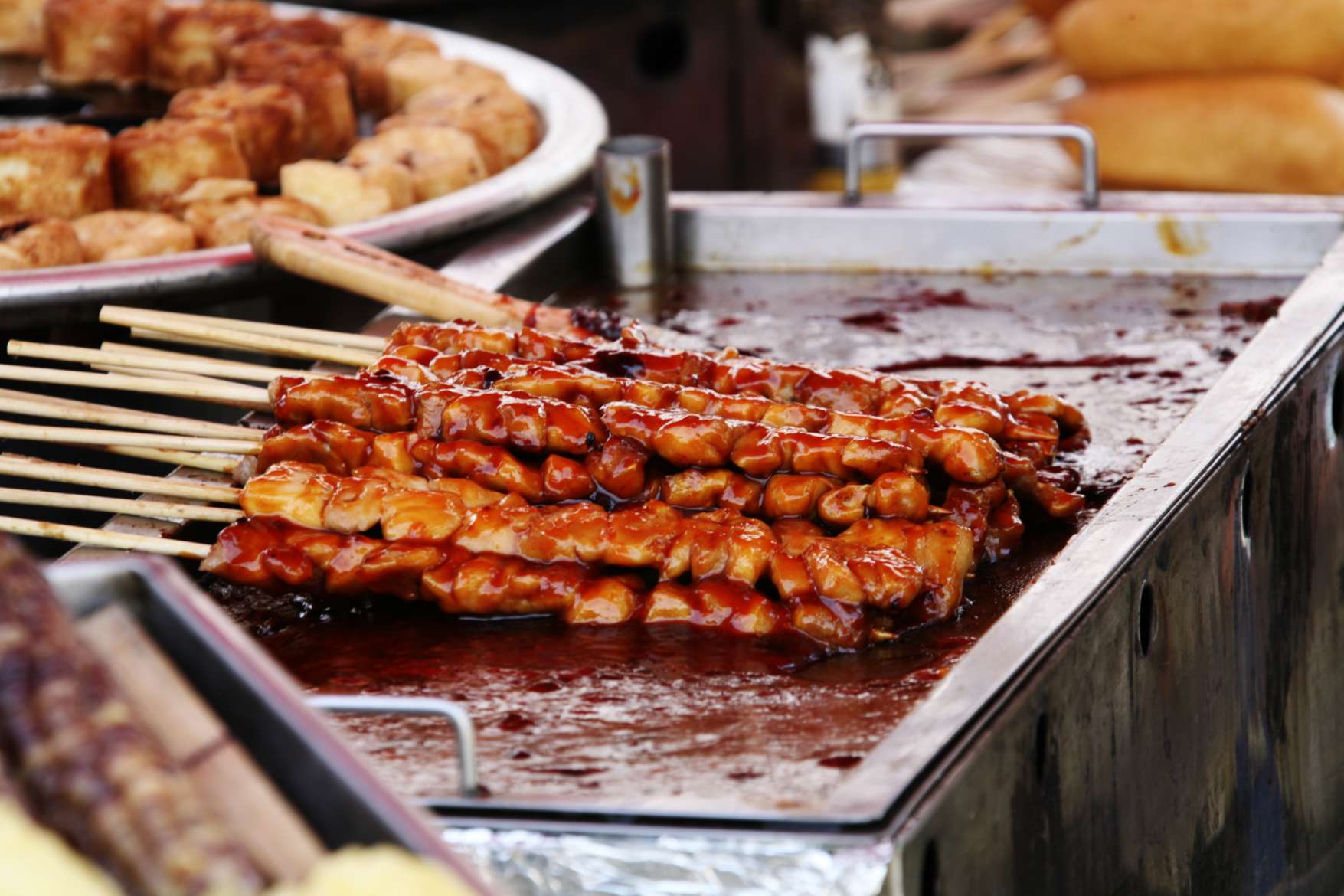
- Description: Miniature kebabs.
- Varieties: Coastal vendors often use fish, while highland vendors skewer zebu beef, onions, peppers, and tomatoes.
- Preparation: Grilled over an open flame for a char-grilled flavour.
Vary sy Loka
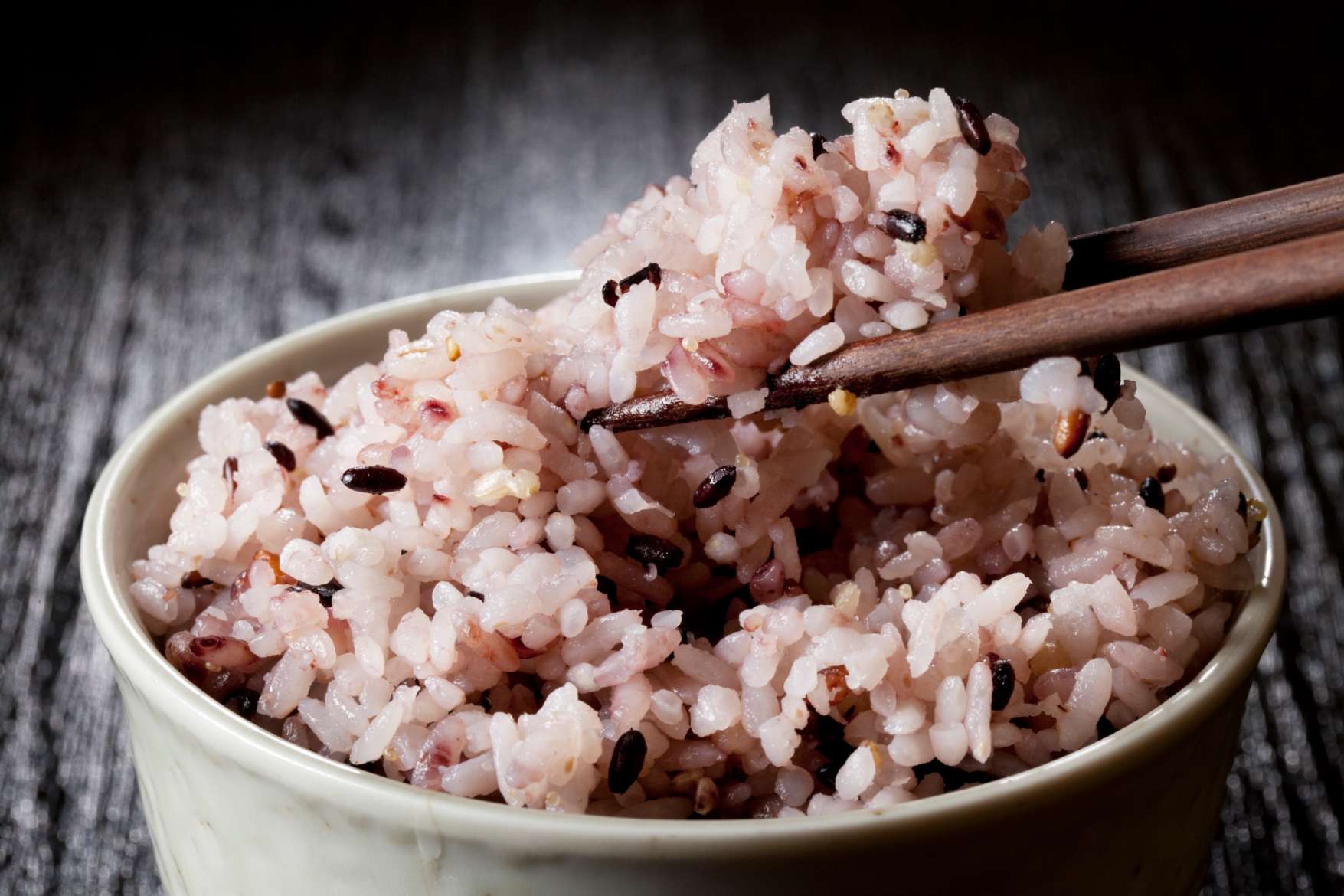
- Description: A substantial meal in Malagasy hotelys (restaurants).
- Ingredients: Usually served with a heaping bowl of plain, unsalted rice (vary).
- Variety: Common laoka (side dishes) include pork with leafy greens, beef with sauce, chicken with peas, dried fish, beans, or ground-up leafy greens known as ravitoto.
- Significance: The significance of rice in Malagasy cuisine is underscored by the common invitation to a meal.
A Symphony of Flavors
- Culinary Scene: Madagascar's street food scene is a symphony of flavours reflecting the island's rich cultural tapestry.
- Variety: From the savoury delights of masikita to the sweet indulgence of mokary and the satisfying portability of sambos.
- Cultural Fusion: Each bite tells a story of cultural fusion, creativity, and a deep appreciation for unique flavours.
- Significance: The island's cuisine is a testament to the blend of traditions, spices, and innovation.
- Experience: This culinary journey through Madagascar satisfies the palette and offers a more profound comprehension of the island's customs and history.
- Reflection: Each dish reflects the island's biodiversity, people's ingenuity, and enduring love for good food.
FAQS
- Where can I find the best street food in Madagascar?
The best street food can be found in major cities like Antananarivo, as well as in local markets and street food stalls across the country. - Is street food safe to eat in Madagascar?
In general, eating street food is safe as long as you choose vendors who make their food fresh and with acceptable hygienic standards.
- How much does street food cost in Madagascar?
Street food is very affordable, typically ranging from 1,000 to 5,000 Ariary (about $0.30 to $1.50 USD).
- What is the history of street food in Madagascar?
Street food in Madagascar has roots in local traditions, with influences from African, Asian, and European cuisines, reflecting the island's diverse cultural heritage.
- Can I find vegetarian or vegan street food options in Madagascar?
Yes, you can find both food options in Madagascar.
- How do Malagasy street foods reflect the local culture and traditions?
Malagasy street foods reflect the island's agricultural abundance, use of local ingredients, and a blend of cultural influences.
- What etiquette should I follow when eating street food in Madagascar?
It's polite to greet vendors, pay in local currency, and dispose of trash properly. Eating with your right hand is also customary.
Get Your Madagascar eVisa
Step1: Complete the online application form by providing your passport details.
Step2: Safely process your payment using your credit card through our secure online platform.
Step3: Monitor your email for payment verification and the electronic dispatch of your eVisa.
